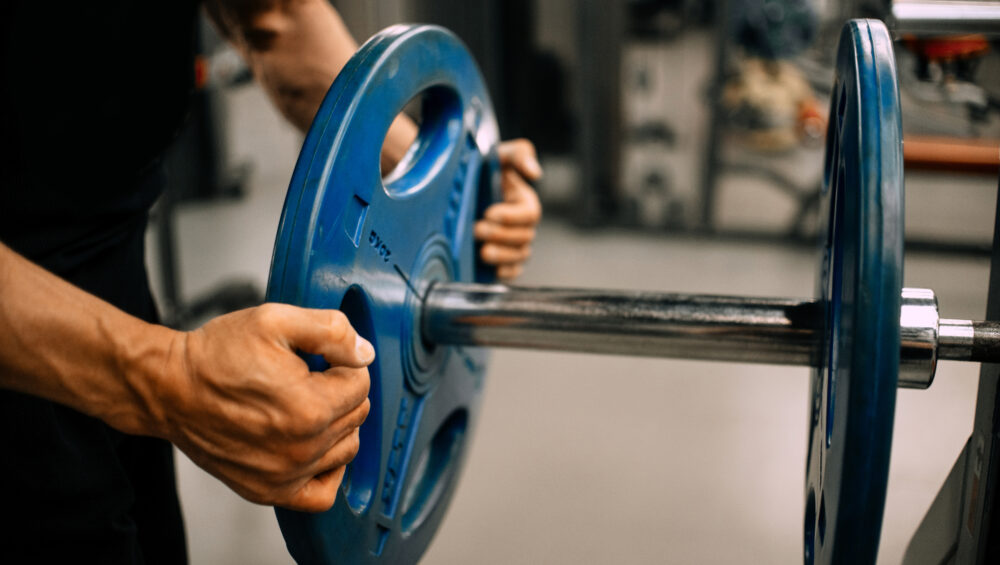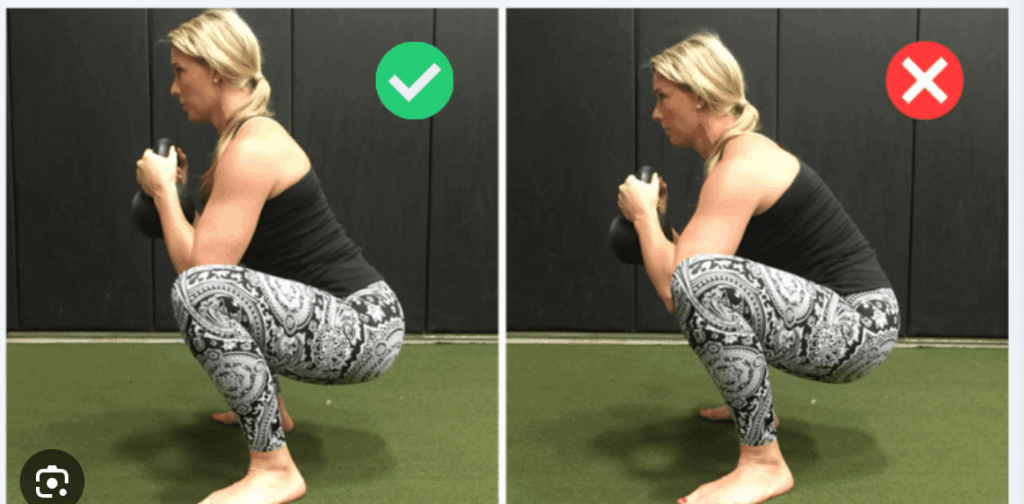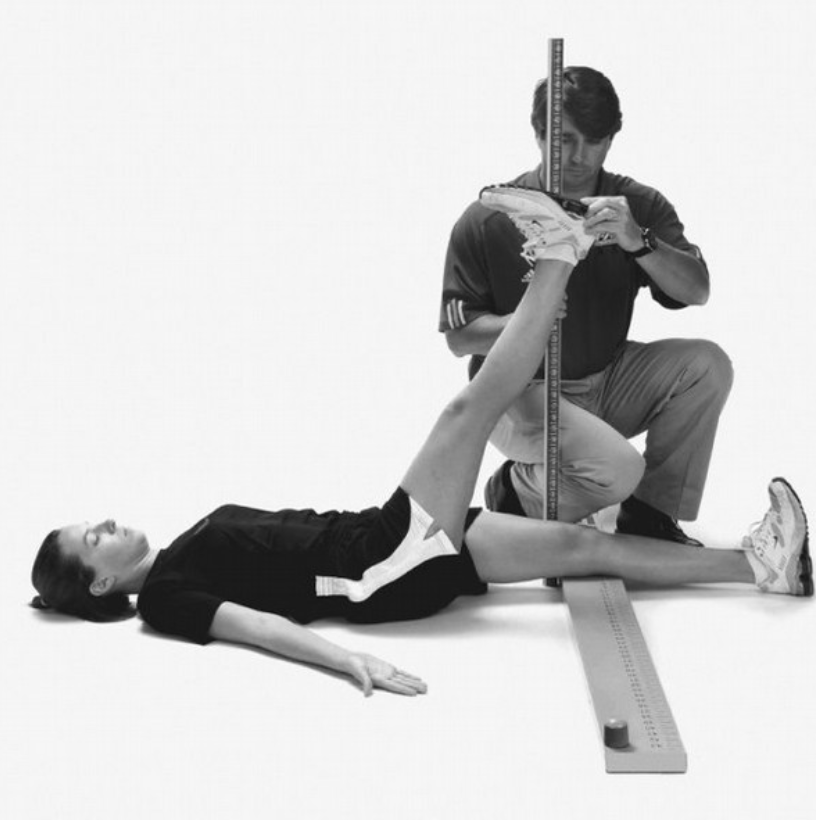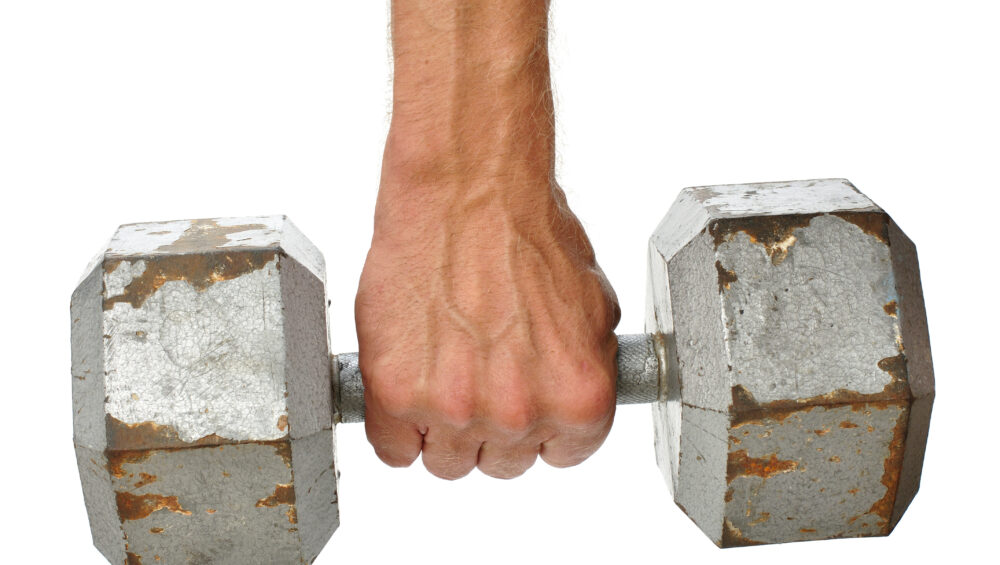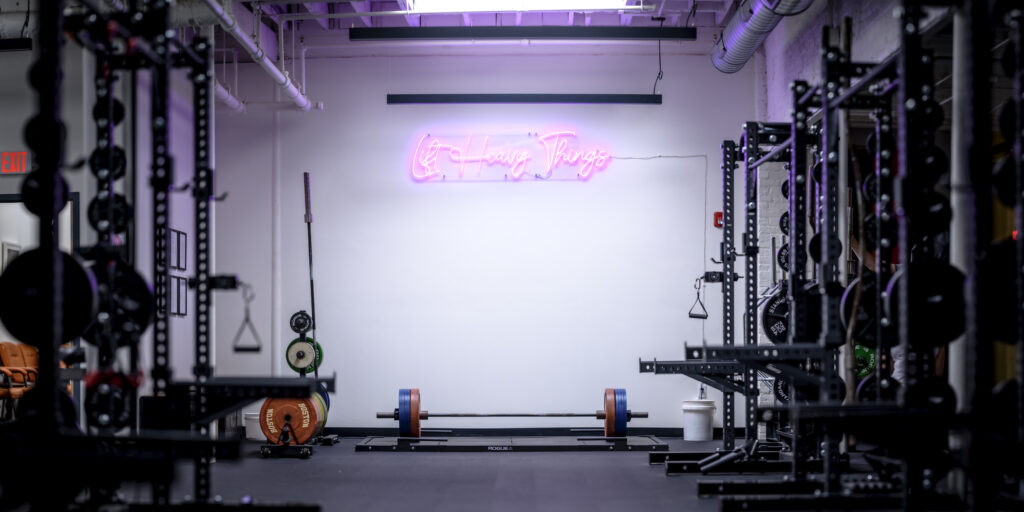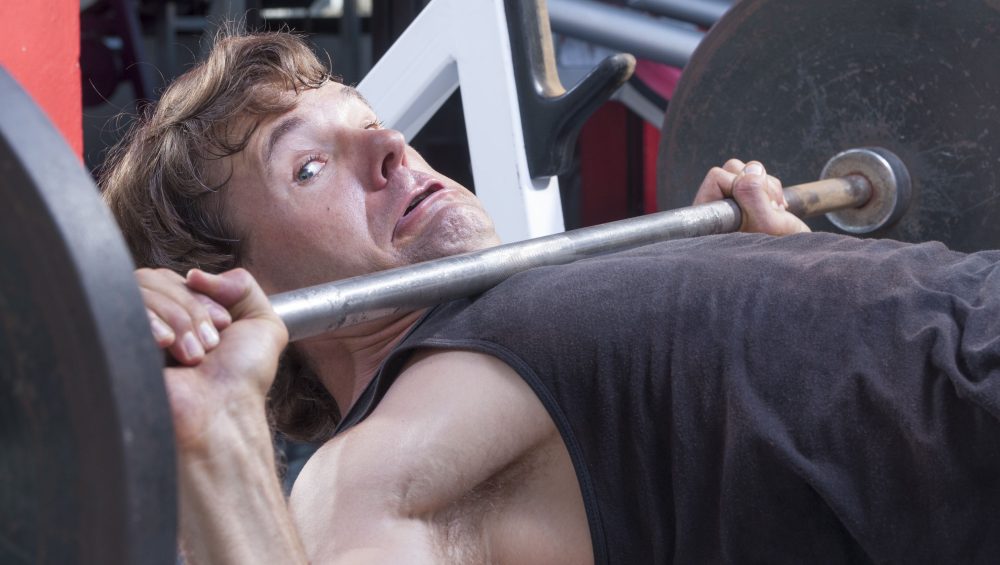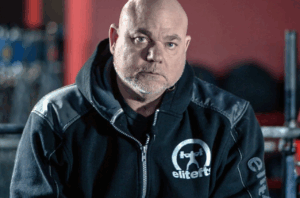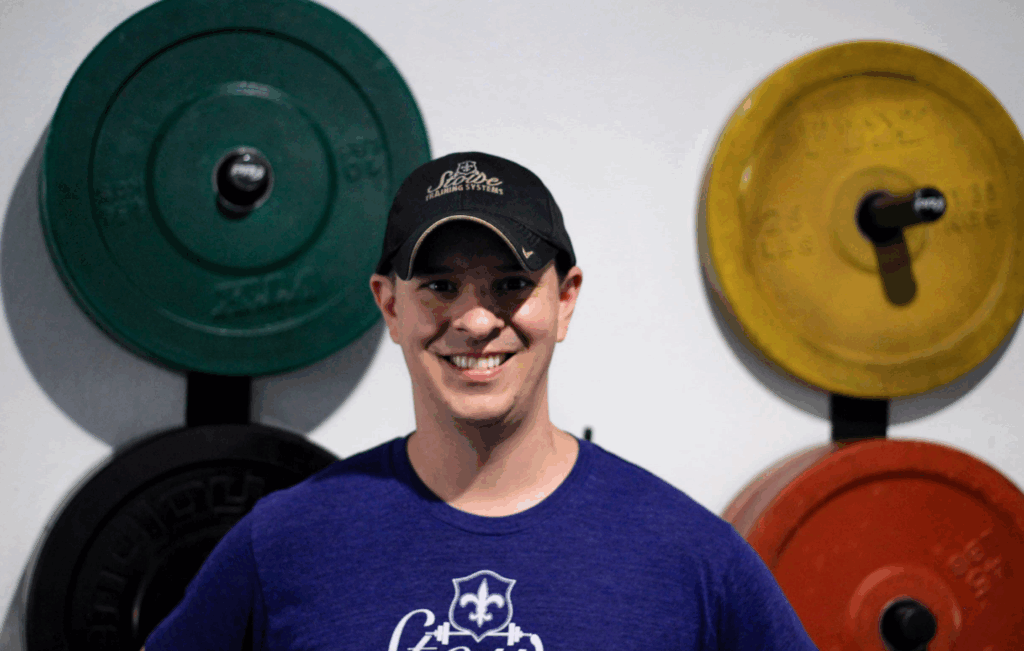I received a message from a young coach the other day asking if I knew of (or used) any tricks to help make writing training programs easier or less time intensive.
Outside of suggesting he build his own time traveling DeLorean, skip a head 50 or so years to clone himself 17 times (and to see if someone possibly cured male pattern baldness…asking for someone I know), and then travel back to 2025 with his small army of “hims” to help with the workload, I offered the following suggestions and advice.
I figured this was a good topic to expound on and decided to make it into a blog post.
Hope it helps.
1. Practice Makes Perfect (Kinda)
- If you want to get better at playing the violin…play the violin.
- If you want to get better at long division…do long division.
- If you want to get better at free throws….practice more free throws.
- If you want to get better at not getting laid…go to Star Trek conventions.
I keed, I keed.
There’s no way to sugar coat this:
“If you want to get better at writing programs…write more programs.”
I have a folder on my desktop labeled Lisa, Don’t Open This Folder Client Programs, and if I opened it right now and actually took the time to count the number of programs in it – which is an amalgamation of my eight years at Cressey Sports Performance in addition to the ten years I’ve been training people out of CORE and Core Collective – I’d garner a guess there’s at least, I don’t know, a kazillion, billion programs in it.
Okay, lets just say it’s a lot.
I am by no means insinuating I’m some program writing maverick and that I’ve got things dialed down to a well-tuned science, but it stands to reason in the 20+ years I’ve been writing training programs, I’ve gotten pretty okay at not sucking at it.
That being said, the sooner you acquiesce to the idea it’s going to take time, practice, and lots of experience on your part in order to get “adequate” yourself, the better off you’ll be.
To answer the question, though: Is there a way to expedite the program writing process?
Well, it depends.
Many factors come into play – one’s training age, injury history, goals, availability of equipment, total training frequency, favorite He-Man character (<– very important), to name a few.
I’d say on average it takes me anywhere from 10 to 45 minutes to write a program.
Moreover:
1. I rarely start from scratch.
I’ve written enough programs and have worked with enough people that I can Spidey-sense similarities and correlations between one client and another. If someone has the same background and/or goals as a previous client of mine I don’t need to re-invent the wheel. I can take someone else’s program, do a little bada-binging and bada-booing (tweaking), and cater it to someone else.
I take pride in writing individual programs for all my clients, but I’m also a realist. Most of the time most people need to be doing the same stuff anyways; at least in the beginning:
- Less bench pressing.
- More rows.
- Better scapular rotation and reaching (general shoulder health).
- More single leg work and carries.
- More butt stuff (posterior chain in general).
- Deadlifts DO NOT always mean using a barbell or that one is pulling from the floor.
- No, deep squats aren’t dangerous.
- Yes, your knees can go past your toes.
- Give your clients a little of what THEY want to do. Key words to consider: “a little.”
- If you ask me one more time whether or not you should go keto I’m going to throw my face into a wall.
2. Understand there’s NO SUCH THING AS A PERFECT PROGRAM.
It’s inevitable you’re going to be overzealous with some people or underestimate others, especially with regards to exercise selection.
I don’t think a day goes by where I’m not crossing out things on a program or making minor adjustments, or hell, even overhauling the entire program.
No one is perfect (except Ryan Gosling).

2. Remember: It’s THEIR Program, Not Yours
No quote is more appropriate here than one of Dan John’s classics:
“The goal is to keep the goal, the goal.”
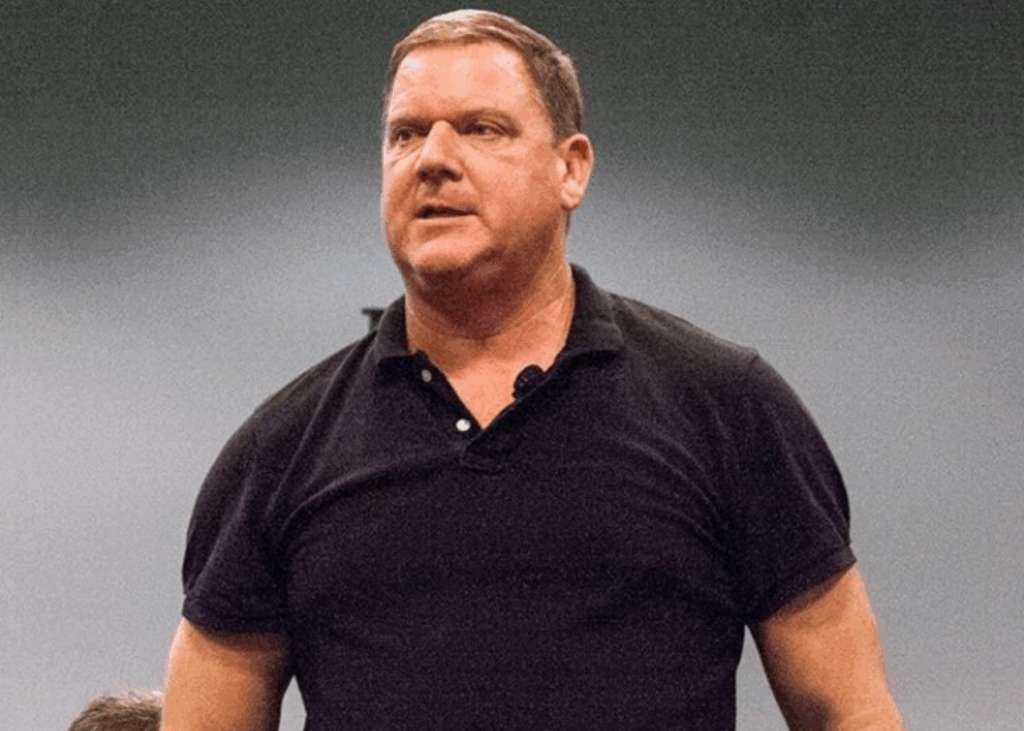
Ranked #16 in my list of “man crushes”
If someone’s goal is to get strong or maybe compete in powerlifting, then, yeah, they should likely focus on the classic barbell lifts.
Write a program that reflects that.
Kipping pull-ups likely aren’t going to get the job done. In fact, kipping pull-ups are never going to get the job done.
Stop it.
Just, stop.
If someone’s goal is to lose a bunch of fat, again, I could make the case strength is still important and that the barbell lifts (which utilize multiple joints and make burning a bunch of calories in a short amount of time a thing. Plus, the goal of any fat loss plan should be to KEEP the muscle you have. What makes muscle, keeps muscle. Lifting heavy things is paramount.) may be of benefit.
But understand there are many methods to get any job done.
Maybe someone would rather jump into a shark’s mouth than touch a barbell.
Blasphemous, I know. But it happens.
If so, don’t be an insufferable dick about it and force feed YOUR preferences over your client’s.1
A glaring example here is when you see bodybuilders training 55 year old female clients like bodybuilders. Yeah dude, I doubt she’s interested in her bicep peak. I mean, maybe. But I doubt it.
Stick to the goals and consider your client’s preferences.
This can make writing programs much, much, MUCH more “freeing” and palatable. If someone likes using dumbbells, incorporate more dumbbells. If someone seems to be down with landmine exercises, use more landmine exercises.
Often, the #1 factor for a program’s success is ADHERENCE.
A client/athlete is much more apt to stick to a program when it’s one they enjoy and want to do.
3. Write Programs In Bulk
You’re bound to be more efficient and “in the zone” when it comes to writing program when you write them in bulk.
Instead of writing one program here and another one there, sit down, grab a cup of coffee (or tea), put on some of your favorite program writing music (for me it’s Deep House or Norah Jones, don’t judge), and get to work.
I think you’ll find it’ll increase your program writing prowess.
4. Have Someone Audit Your Programs
Asking a colleague to take a peek at some of your programs and to provide some honest feedback is a splendid way to hone and sharpen your skills.

Of course it helps to be someone who can take constructive criticism well. If your default reaction is to get defensive, stomp your feet, and yell “YOU’RE RUINING MY LIFE” when a friend suggests it might not a good idea to program back squats for someone with limited shoulder external rotation and to maybe consider front squats instead, you may want to hold off on this idea.
Conversely, grow up, it’s only going to make you better and to allow you an opportunity to see things from a different lens.
5. When In Doubt, Simplify
The next time you find yourself sitting in front of your computer screen contemplating putting in Close Grip Bench Press cluster sets for your 16 year old high-school athlete with weight releasers utilizing a 5-0-7 tempo while also repeating the alphabet backwards, in Elvish:
- Stop
- Punch yourself in the pancreas.
- Hard.
- And remember to just keep things simple.
Believe me, I know how easy it is to be seduced into adding novelty to your client’s programs for the sake of adding novelty…but I assure you most of them do not care and more importantly most do better without it.
The “boring” stuff is almost always going to be the better fit and is likely all most of your clients will need for quite some time.
Seriously, when in doubt….simplify.
And then just coach the shit out of everything.
6. Miscellaneous Pontification
– It would also bode in your favor to actually lift weights. Practice what you preach.
– Refrain from adding things to your programs that you yourself have not tried first.
– Network. Make nicey nice with local coaches and physical therapists. You’ll learn a ton.
– I cannot WAIT for the 5th season of Ted Lasso to come out.
– Also, not for nothing, but did you not notice I used both words “amalgamation” and
“acquiesce” in this blog post? You didn’t, did you?2


